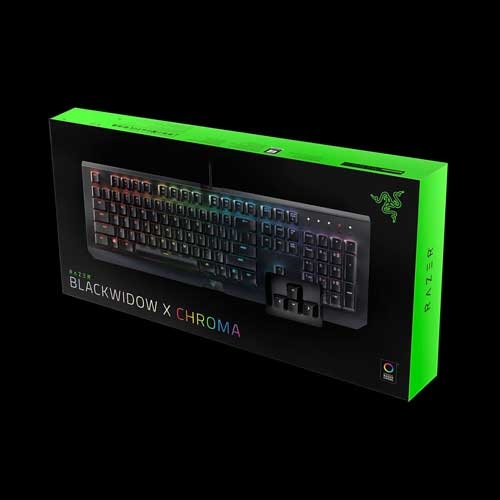

With optical switches you eliminate that completely.

Whenever a mechanical switch makes the first contact at the actuation point there is a bouncing effect that sends multiple smaller signals before a signal is actually sent, and that time between the actuation and the signal is the debounce delay. Technically this is supposed to speed up response times and also eliminate the debounce delay. Instead of a metallic contact inside the switch, there is a beam of light that gets intersected to produce a signal. This brings us to the most premium tier with optical switches, and they can feel the same as regular mechanical switches but the actuation mechanism is different. Tactile is when we have a soft bump at the actuation point, and Linear is when there is no feedback at all, just smooth all the way down. We have three main switch types: Clicky is when an actual clicky point happens at the actuation point, which is both audible and physical. It can be a clicky point, it could be a soft bump, but tactile as a term is used to describe the feedback. Now tactile is a term used commonly when talking about keyboard switches, because it describes the feedback point at the actuation. Just for reference, if you were to press one switch 5 times per second for a year you would get to about 100 million clicks. And durability is measured in millions of clicks. Travel distance is the total travel of the switch until you bottom out. If you combine high Actuation Point and low Actuation Force you get what is called a Fast Switch. The Actuation Force is the amount of pressure you need to use to get to that actuation point. The Actuation Point is how far a key needs to travel downwards before a press has registered. The first I want to cover are the most common terms used when talking about keyboard switches.


 0 kommentar(er)
0 kommentar(er)
